Carbon Materials for Catalysis
Carbon materials can be used as supports for anchoring metal complexes (heterogenization of homogeneous catalysts), for the preparation of supported metal catalysts and as catalysts on their own (metal-free catalysis). These applications depend mostly on the adequate tuning of the carbon surface properties by functionalization or doping.
Carbon-Supported Metal Catalysts
The performance of supported metal catalysts depends on the metal loading and distribution in the support, and the metal dispersion (particle size). These parameters are mainly determined by the precursor–support interactions, and so proper control of the surface chemistry of the carbon support is of paramount importance. On the other hand, the textural properties of the support are also relevant, as they condition the accessibility of the reactants to the active sites. We have been addressing these issues working both with nanosized carbons and mesoporous materials.
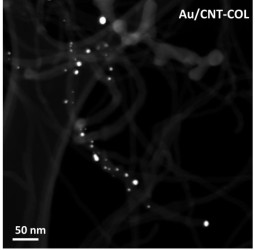
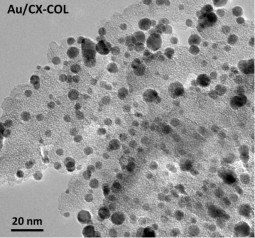
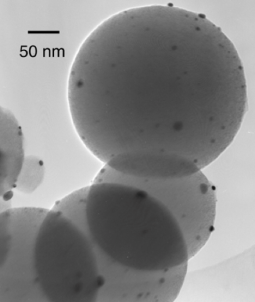
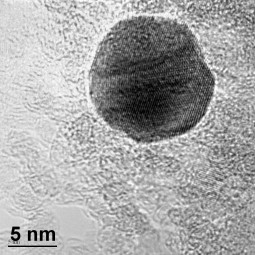
J.L. Figueiredo, M.F.R. Pereira. Synthesis and functionalization of carbon xerogels to be used as supports for fuel cell catalysts. Journal of Energy Chemistry, 22, 195-201, 2013
J.L. Figueiredo. Functionalization of porous carbons for catalytic applications. Journal of Materials Chemistry A, 1, 9351-9364, 2013
S.A.C. Carabineiro, L.M.D.R.S. Martins, M. Avalos-Borja, J.G. Buijnsters, A.J.L. Pombeiro, J.L. Figueiredo. Gold nanoparticles supported on carbon materials for cyclohexane oxidation with hydrogen peroxide. Applied Catalysis A: General, 467, 279-290, 2013
J.C. Calderon, N. Mahata, M.F.R. Pereira, J.L. Figueiredo, V.R. Fernandes, C.M. Rangel, L. Calvillo, M.J. Lazaro, E. Pastor. Pt-Ru catalysts supported on carbon xerogels for PEM fuel cells. International Journal of Hydrogen Energy, 37, 7200-7211, 2012
J.L. Figueiredo, M.F.R. Pereira. The role of surface chemistry in catalysis with carbons. Catalysis Today, 150, 2-7, 2010
Heterogenisation of Homogeneous Catalysts on Carbon Materials
Metal complexes with catalytic properties (homogeneous catalysts) can be immobilized onto carbon materials and used as “hybrid” catalysts for reactions of industrial importance. The hybrid catalysts have been found to be more active than their homogeneous counterparts, allowing higher yields to be obtained at much lower temperatures. Moreover, the hybrid materials show further advantages concerning the possibility of recycling (up to several cycles without appreciable loss of activity). This topic involves collaborations with FCUP, IST, ISEL and the University of Coimbra.

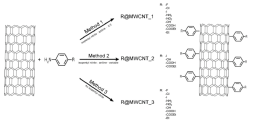

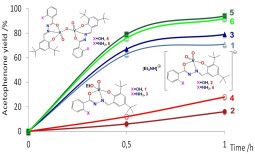
M. Sutradhar, L.M.D.R.S. Martins, S.A.C. Carabineiro, M.F.C. Guedes da Silva, J.G. Buijnsters, J.L. Figueiredo, A.J.L. Pombeiro. Oxidovanadium(V) complexes anchored on carbon materials as catalysts for the oxidation of 1-phenylethanol. ChemCatChem, 8, 2254–2266, 2016
L.M.D.R.S. Martins, A.P.C. Ribeiro, S.A.C. Carabineiro, J.L. Figueiredo, A.J.L. Pombeiro. Highly efficient and reusable CNT supported iron (II) catalyst for microwave assisted alcohol oxidation. Dalton Transactions, 45, 6816-6819, 2016
C.J.P. Monteiro, S.A.C. Carabineiro, T. Lauterbach, C. Hubbert, A.S.K. Hashmi, J.L. Figueiredo, M.M. Pereira. (S)-BINOL Immobilized onto Multiwalled Carbon Nanotubes through Covalent Linkage: A New Approach for Hybrid Nanomaterials Characterization. ChemNanoMat, 1, 178–187, 2015
M.P. De Almeida, L.M.D.R.S. Martins, S.A.C. Carabineiro, T. Lauterbach, F. Rominger, A.S.K. Hashmi, A.J.L. Pombeiro, J.L. Figueiredo. Homogeneous and heterogenised new gold C-scorpionate complexes as catalysts for cyclohexane oxidation. Catalysis Science & Technology, 3, 3056-3069, 2013
M.E. Lipinska, S.L.H. Rebelo, M.F.R. Pereira, J.A.N.F. Gomes, C. Freire, J.L. Figueiredo. New insights into the functionalization of multi-walled carbon nanotubes with aniline derivatives. Carbon, 50, 3280-3294, 2012
Carbon as Catalyst
Carbon materials can replace metal or metal oxide catalysts in many reactions. This versatility is strictly related with the ability of the graphitic structure, which allows functionalization via the unsaturated carbon atoms at the edges of the graphene layers or basal plane defects. Such functional groups can act as active sites. In addition, heteroatom doping allows control of the electronic properties, by introducing electron acceptors or donors. Proper identification of the active sites is required in order to establish correlations of catalytic activity, allowing for the correct benchmarking of the novel carbon catalysts. Examples of this strategy include the oxidative dehydrogenation (ODH) of alkanes on carbons functionalized with carbonyl (quinone) groups, and acid catalysis on materials functionalized with sulfonic acid groups.
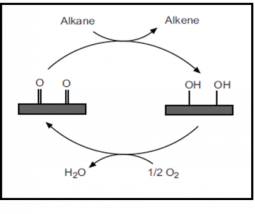
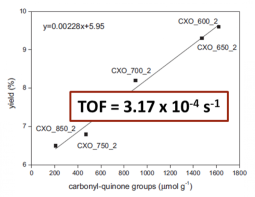
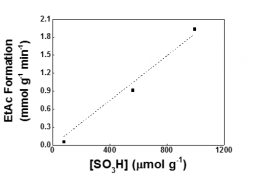
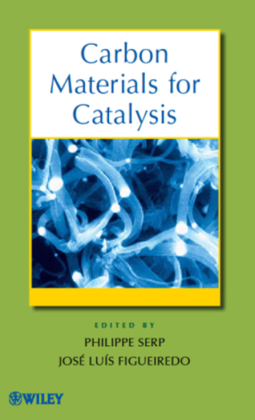
I. Pelech, O.S.G.P. Soares, M.F.R. Pereira, J.L. Figueiredo. Oxidative dehydrogenation of isobutane on carbon xerogel catalysts. Catalysis Today, 249, 176-183, 2015
N. Martin-Sanchez, O.S.G.P. Soares, M.F.R. Pereira, M.J. Sanchez-Montero, J.L. Figueiredo, F. Salvador. Oxidative dehydrogenation of isobutane catalyzed by an activated carbon fiber cloth exposed to supercritical fluids. Applied Catalysis A: General, 502, 71-77, 2015
R.P. Rocha, M.F.R. Pereira, J.L. Figueiredo. Carbon as a catalyst: Esterification of acetic acid with ethanol. Catalysis Today, 218-219, 51-56, 2013
J.L. Figueiredo, M.F.R. Pereira. The role of surface chemistry in catalysis with carbons. Catalysis Today, 150, 2-7, 2010
J.L. Figueiredo, M.F.R. Pereira. Carbon as Catalyst. In Carbon Materials for Catalysis, pp. 177-217, P. Serp, J.L. Figueiredo, John Wiley & Sons, 2009




